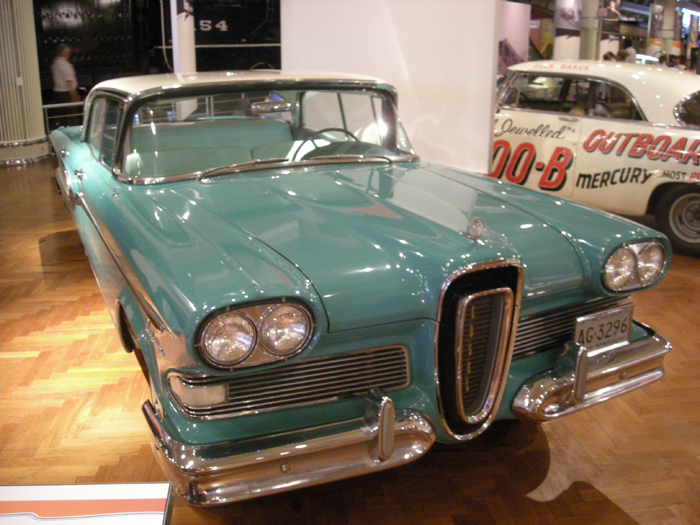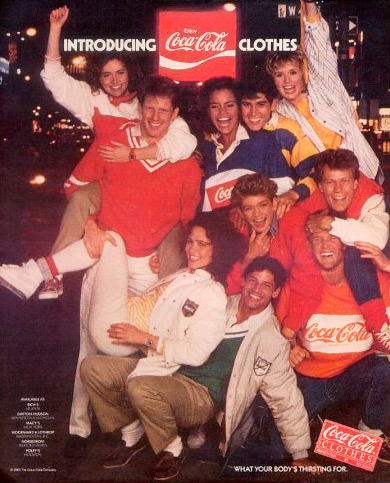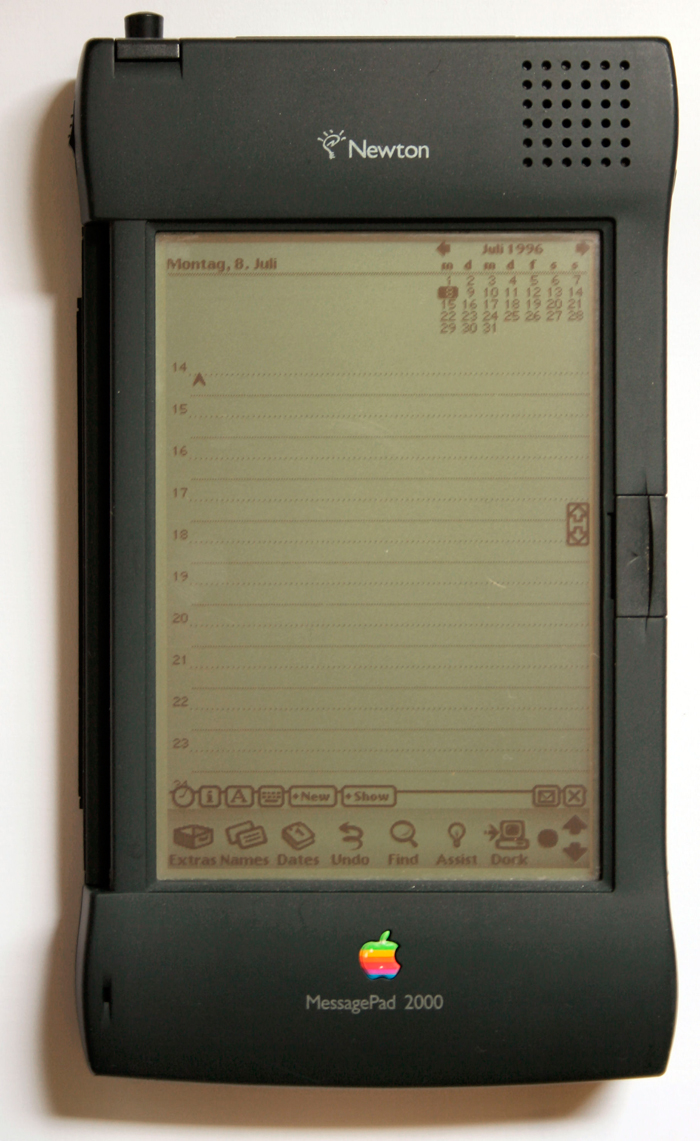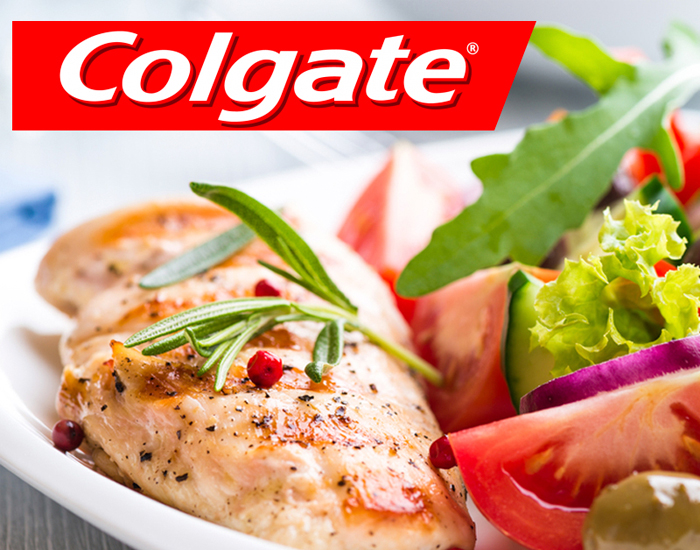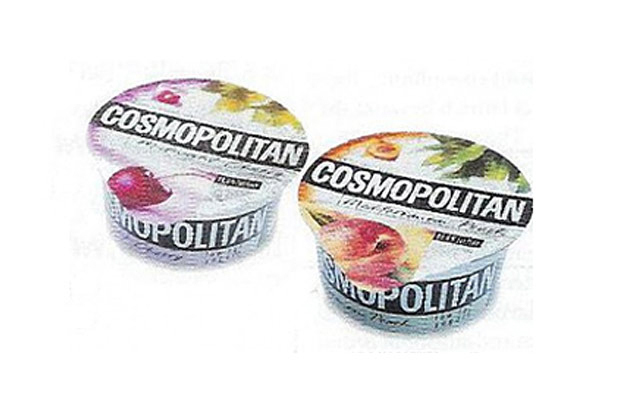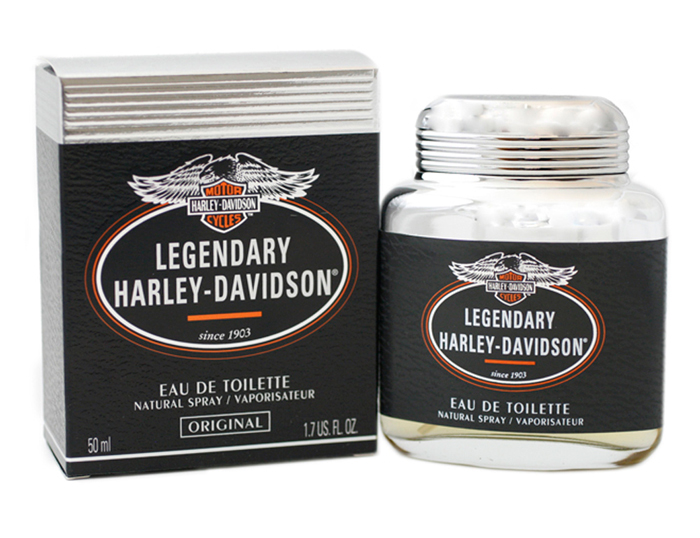Rebrand or Refresh? That is the Question
A Rebranding Strategy Guide for Brand Owners and Managers
The business world is in a constant state of flux. Markets change, new trends emerge, disruptive competitors alter longstanding rules, and customer preferences evolve — all of which impacts your brand. Consequently brands are constantly evolving to ensure future growth and relevance. Even the longest standing and greatest brands in the world need rejuvenation, if not a total rebrand, in order to maintain their market leadership.
Like the foundation upon which a house is built, a strong brand is essential, indeed it is the lifeblood for any successful organisation. When cracks appear in that foundation, a wise owner or manager must take action to repair, introduce procedures to prevent deterioration and take steps to strengthen the brand for future growth. Experts say that organisations and brands change their corporate identities on an average of once every 7-10 years. [1]
On a regular basis, diligent brand owners and managers need to take a step away from an organization’s day-to-day operations to examine and re-evaluate their position and strength in the market. If your brand isn’t achieving its objectives or driving business growth, there’s little time to be lost wondering what to do about it. Its time to give your brand a health check. Frequently asked questions about the two brand revitalisation routes include:
- What’s the difference between a brand refresh and a rebrand?
- How do I determine which one is the most suitable choice?
Rebranding or revitalization can take many guises from the complete wholesale change of a company, service or product, inside and out, including; name, culture, values, vision, mission, proposition, positioning, purpose, behaviours, tone, visual collateral and all that entails with no connections to the legacy entity. Alternatively, it can be something less dramatic and of a more subtle, evolutionary nature in the form of a brand refresh.
In each instance though, the change to whatever degree, be it a total rebrand overhaul or brand refresh, affects a change in the minds of the target audience in terms of their perceptions of the brand. That change is a process of giving an organisation, product or service a new meaning and image, both in terms of brand experience and culture to its visual brand collateral, in order to make it more successful.
In determining whether it’s time for a refresh or a rebrand, one of the most effective tools for re-assessing your brand’s state is a brand audit health check to examine external and internal drivers that impact your brand. Like any checkup, a brand audit is best done as a proactive and preventative measure. Aside from determining the health or state of your brand, a brand audit also helps determine the level of potential change required — to rebrand or refresh.
“A brand audit is effectively a health check of your brand to identify and address problem areas with a net result of helping you turn things around and grow your bottom line.
Brands are like living entities with life cycles. They start with much excitement and promise, grow and then eventually plateau. A brand audit helps you innovate, re-invent, re-invigorate, and ensure market leadership and continued relevance so you can maximise your commercial return and fend off your competition.
The scale and depth of a brand audit is largely determined by your primary objectives coupled with timelines and resources.”
What’s the Difference between Refresh and Rebrand?
The reasons for rebranding and or refreshing an organisation, product or service are numerous and decisions should not be taken lightly without sound strategic reasons before launching into the process.
Once you know why you’re considering either a rebrand or refresh and what your primary objectives are in making this strategic decision, consider the following differences:
Rebrand or Refresh? A Quick Reference Checklist
| Refresh | Rebrand |
| What: Expand reach and market impact, get new customers, attract new talent, increase profitability
Why: Declining market share, diminishing growth, changing client’s or customers needs, tired and dated with lack of brand relevance, insufficient new leads, significant new product/service launch, lack of brand distinction, entering a new market, aggressive new competitors, new technology changes, struggling to describe what makes your firm, organisation, product or service different, difficulty attracting new talent, competitors poaching key employees, need to take your organisation to the next level, change in brand architecture or hierarchy | What: A re-positioning to change market perceptions, re-evaluate who are we, why do we exist? What’s our mission, vision, values, promise? How do we define and articulate our brand proposition and purpose? How is our brand really different to our competitors?
Why: New ownership, merger or acquisition, legal issues, reputation damage, rationalisation, outgrowth, globalisation, new primary target audience(s), competition, new sectorial challengers and disruptors |
| What: Evolutionary logo update
Why: Better reflection of brand platform and values | What: New brand identity
Why: To streamline and simplify or a complete change in core business |
| What: Evolve, update tagline
Why: Tweak the message, spotlight the business, stay current, introduce a new brand promise reflecting enhancements provided by the business | What: New tagline
Why: New line of business, new audience or an innovative advancement, new positioning |
| What: Health check your brand personality and primary characteristics using brand profiling — elements reference check
Why: Increased competition, slower sales, insufficient brand relevance and resonance, create enhanced distinction and market recognition, develop stronger brand resonance with customers | What: Redefine your new brand personality and brand characteristics
Why: Make it more relevant, engaging, compelling, distinctive, different, memorable and referable |
| What: Evaluate your brand promise and enhance consistent delivery
Why: Customer feedback, lack of strong distinction, difference and referability | What: Change your brand promise
Why: As a result of new products, services |
| What: Re-evaluate customer base versus profitability, evaluate brand equity
Why: Customer research, re-evaluate existing buyer personas (customer profiles) | What: New primary audience, need to change existing or previous customer perceptions
Why: Customer research, develop new customer buyer personas |
| What: Build new leadership and employee training modules
Why: People represent the brand and need the knowledge to be effective brand champions | What: Revamp leadership and employee training programmes
Why: To interpret and support company culture, develop new brand ambassadors |
| What: Expand market share
Why: Changes in competitive set and customer wants/needs | What: Find and capture new customers
Why: Change of price point and positioning |
| What: Introduce new products, services congruent with primary offering
Why: Business expansion within existing customer base and to attract new customers | What: Discontinue or retire some existing products, services
Why: Lack of market demand, no longer relevant, changing customer needs, competitors |
| What: Launch within a shorter timeline
Why: Competitive edge, attract change hungry customers, capture / maintain lead market share | What: Stage a rollout over a year or longer
Why: Extensive impact throughout the business, firm or organisation requiring change management internally and externally |
So, refresh or rebrand? Here we take a look at both options and evaluate the most significant or typical reasons for deciding to choose one over the other. We’ll also review several case studies and key learnings to be extracted.
Rebranding or Brand Refresh Process
Establishing the reasons behind any brand change is fundamental. Whether your brand audit points to a refresh or a rebrand, both routes require a process of due diligence to determine the changes required and to what degree. Both routes require an inclusive approach, from the C-suite to the newest team member, ensuring that everyone in the organisation sees themselves as an essential part of the brand.
Engagement with the external market, customers, stakeholders and influencers alike is also hugely important. There many examples of brands which failed to address this adequately and consequently suffered significantly at the hands of voluble detractors.
While it may be tempting to jump into the visual brand design aspects, the process of investigation, discovery, analysis and brand strategy development cannot be overlooked or rushed — at your brand peril.
Broadly speaking a typical rebrand or refresh process includes:
- Rebrand / refresh planning; timelines, resources, team
- Brand audit health check and research
- Brand profiling, architecture, differentiators and positioning documentation – update or overhaul
- Brand strategy development
- Brand design, messaging development and application
- Brand testing, research and refinement before implementation and rollout
- Brand induction and training throughout the organisation and external third parties
- Internal / external communications planning and rollout of rebrand or refresh
- Brand style guide development for protection and management of the brand
- Measure of impact and commercial return against previously determined key performance indicators
Are you struggling with how to make your brand highly visible, different, distinctive memorable and likeable? Take a look at the Personality Profile Performer™ Programme. It’s a step-by-step process to make your brand No.1 in your target market — especially if you’re a getting lost in the market amongst all your competitors.
Rebranding Strategy
Approaching a rebranding or brand refresh process without strategic planning, market insights and customer engagement can have disastrous consequences. The strategy leading to a brand refresh or to rebranding requires much more than changes to a logo; it requires an understanding of strategic objectives for the brand.
Research involves consultation with staff, with existing, lost and prospective customers, former clients, and competitor insights to get a full picture of current brand associations as well as customer perceptions, wants and needs.
Therefore, an investment in time for research and assessment is required to flesh out areas of strength and weakness and their impact on the brand to see whether a total rebrand or just a refresh is required. The brand audit will also typically reveal new opportunities and point the way towards what you need to do to leverage them for greatest impact.
Rebranding Deliverables
Define deliverables to the organisation. These typically include a brand positioning statement that summarises the pertinent research and brand profiling outputs regarding the unique selling points and key brand characteristics that set the brand apart and make it highly visible, different, distinctive, memorable and liked while also providing the roadmap or GPS direction for the brand moving forward.
Brand messaging is delivered to include some or all of the following: values, vision, promise and mission statement, brand story, value proposition (for aligning brand product and services to customer communications), identification of target audiences, development of purchaser personas and a key messages crafted for each. Deliverables might also include problem statements and problem solutions.
Lastly, the design aspect of visual and / or audio deliverables should be identified e.g. logo and a tagline, packaging, stationery, website, social media platforms, apps update or overhaul, brochures, uniforms, PowerPoint or Keynote templates, sales supports, vehicle livery, uniforms, signage, site interiors and exteriors, exhibition stands, possibly music, videos, and more. It’s critical that your new or revitalised brand collateral properly reflects your brand, is consistent throughout every touch point and most importantly reflects and amplifies your key brand differentiators and brand personality in a way that’s really meaningful to your primary audience.
Rebranding or Brand Refresh Rollout
To avoid miscommunications, a new or refreshed branding launch is staged first internally. An organisation must provide insights, education and training to everyone, top down from senior management to general employees to ensure they are onboard to advocate the new brand. Front line employees’ communications are essential to the successful external customer roll out which follows.
Top 15 Tips for Ensuring a Successful Rebrand or Refresh
- Consult management
- Conduct a brand audit
- Determine refresh or rebrand requirement
- Set objectives
- Establish a timeline
- Set budget appropriately
- Create a balanced project team internally and externally
- Evaluate all customer touchpoints
- Re-develop / overhaul brand proposition, positioning and differentiators
- Re-visit brand strategy; sales and marketing messages and channels
- Develop brand strategy, brand profiling documents to provide the essential brand directions or roadmap
- Develop brand design brief
- Commission brand design agency (with relevant expertise)
- Determine methodology and markers for measuring ROI
- Plan and execute brand rollout to market
Hit or Miss: Brand Refresh and Rebrand Examples
Taking the time and consulting the experts to get it right is critical; a miss can be a costly affair.
Accenture: Rebranding Involved the Entire Global Organization
Amid much fanfare, Andersen Consulting hung a huge banner at the New York Stock Exchange to announce its 2001 reorganization from partnership to public company and a rebranding as Accenture. Following arbitration involving accountancy Arthur Andersen, the new name (meaning accent on the future) resulted from an internal competition won by a Danish employee in the company’s Oslo office, chosen from 2,677 submissions from 42 countries.[2]
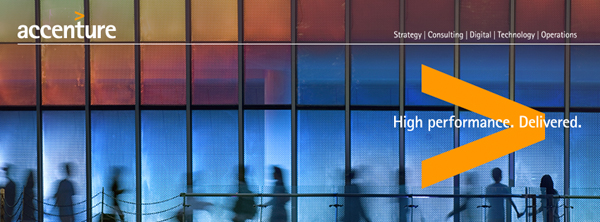
Image via Accenture
Time magazine pegged Accenture “as a generic corporate nonsense word only a management consultant could have come up with…“[3] Only this was not the case. Currently the world’s largest management consultancy, Accenture might have made more of the positive PR storytelling opportunity about the brainstorming naming contest and the winner’s inspiration.
Morgan, Lewis & Bockius LLP: A Leading Law Firm says Brand Audit and Teamwork Are Key to Rebrand Success
America’s largest law firm undertook a rebrand over a 15 month period. Morgan, Lewis & Bockius LLP had experienced two mergers, and the rebrand was intended to “define and raise awareness of our practice and industry expertise, commitment to client service, and seamless global reach.”
The brand audit health check process involved many thousands of pieces of content, including 2,000 lawyer biographies to be re-written, according to the firm’s chief business development and marketing officer. The takeaway? To “cultivate a really strong collaboration among all of the constituents responsible for launching a new brand…No single person could have accomplished this alone; this was truly a team effort.”[4]
Massey Bros.: One of Dublin’s Largest Funeral Directors Rebranded to Amplify its Brand Leadership Positioning and New Innovative Services
Massey Bros. Funeral Directors is a very successful family owned and managed business established in Dublin in the 1930s. They operate in a sector which is traditionally very conservative yet they’re industry leaders in terms of their premium service together with ongoing innovative solutions offered.
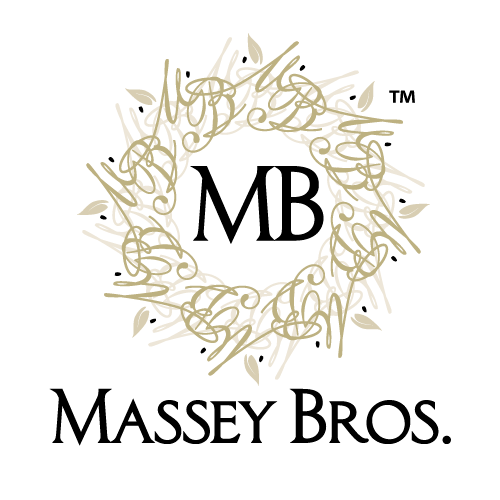
They also have the added complication of having more than six competitors also operating legitimately under the ‘Massey’ name. In addition to this they themselves also operated under two names before their brand refresh! Their brand revitalisation strategy helped them fully leverage their leadership positioning and amplify their multiple new innovative service solutions offered.
Dublin Tourism Board: Refreshes the Destination’s Strategic Positioning
Tourists have a finite number of vacation days and discretionary budget for holidays, so every destination competes to capture that spend. Visit Dublin undertook a study[5] to determine reasons for declining tourism numbers since 2007, resulting in a new positioning crafted to a visitor-focused strategy further analyzed by length of stay, reason for visit, country of origin and more demographics. As a 5-year plan, the realigned strategy, “A Breath of Fresh Air” gets buy-ins from the stakeholders and community to highlight both urban and outdoor visitor experiences.
Old Spice: Rebranded to Reposition – It Used to be on Your Grandfather’s Bathroom Shelf!
Marketing pros everywhere love the transformation of Old Spice[6] fragrance for men from an ageing brand to a sexy one. Aimed at a younger, newly targeted consumer audience, the “Smell Like a Man, Man” campaign (52 million views and counting) smells nothing like 1938, the classic brand’s year of birth.
Learn from these well-known rebranding and brand refresh failures, now text book case studies on approaches to avoid. The primary lesson in each of these examples is do your due diligence before rebranding or refreshing your brand!
Royal Mail:
Consignia was a £2 million investment launched in January 2001 for the U.K. postal service. Calling the new name, “Nine letters that spelled fiasco,”[7] the BBC joined others to prompt a U-turn to return to Royal Mail 16 months later.
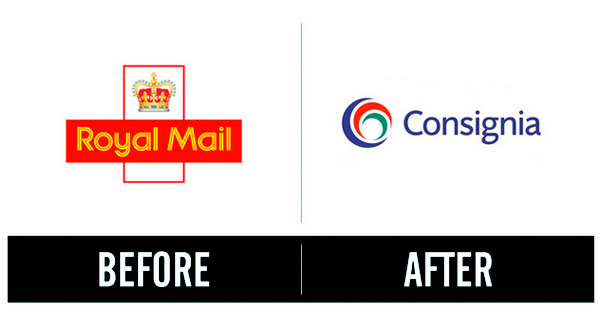
Image via Royalmail
Tropicana:
When parent company PepsiCo removed the leafy green logo and juicy orange pierced with a straw in favor of a one-dimensional glass of juice, Tropicana sales plummeted by 20 percent. On top of whatever the rebrand and reversal cost, sales suffered to the tune of $137 million between January 1st and February 22nd 2009.
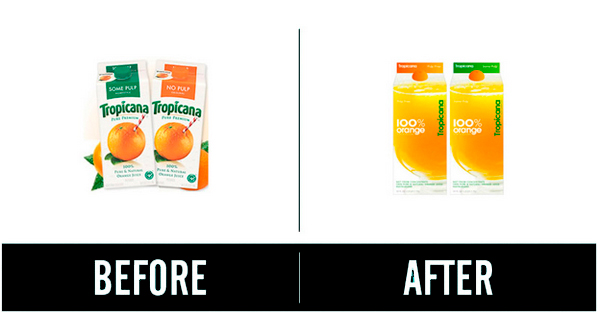
Image via Adage.com
Gap:
Perhaps the fastest rebrand turnaround ever, the new Gap logo lasted only six days at Christmas 2010. Consumer reaction was negative and outspoken. In going back to square one, the whole exercise has been estimated to have cost Gap $100 million.[8]
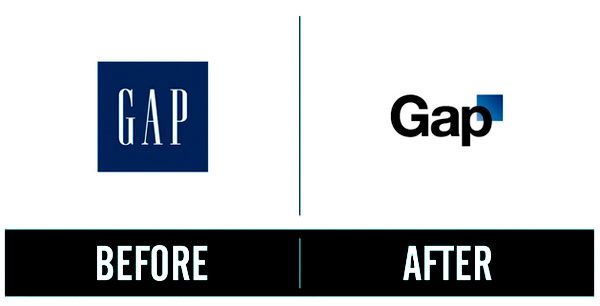
Image via Gap
RadioShack:
RadioShack, founded in 1921, once operated 8,000-plus retail locations around the world. In 2015, after 11 consecutive quarterly losses, RadioShack filed for bankruptcy. Instead of spending millions on a refresh as “The Shack”, the company needed to completely rebrand. Service in RadioShack was reportedly abysmal, selection regarded as limited, prices perceived to be high and the USP as an electronic supplier of parts was no longer considered relevant.
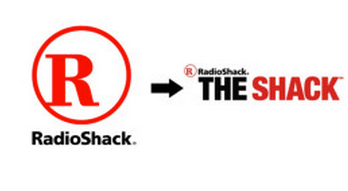
Image via RadioShack
Can we help you with your brand refresh or rebranding?
Ask yourself:
- Are you prepared to undertake a thorough assessment of your brand’s standing by giving your brand a thorough health check — a brand audit?
- Does your brand strategy plan reflect the time commitment involved in making a change?
- Has budget been allocated for a brand refresh or total rebrand?
- Have you identified strategic reasons for a brand refresh or rebranding?
- Is your brand still truly relevant to your target market now and into the future?
- Is your brand really distinctive, different and memorable from a customer/client perspective? Do you need to re-evaluate your brand profile?
- Are you considering a rebrand to solve a brand challenge and / or a commercial challenge?
- Have you really evaluated the impact of new disruptors and challengers entering your market and how your brand will compete against them?
You may also like:
- How Brand Purpose = Purchase = Increased Profitability
- Rebranding Strategy: Why Your Rebrand Must Embrace Storytelling
- Brand Flops: 5 Lessons Brand Managers Can Learn From Epic Brand Failures
- Brand Revitalisation and Relaunch: The do’s and don’ts of doing it successfully!
[1] VIM-Group.com
[2] https://newsroom.accenture.com/subjects/accenture-corporate/andersen-consulting-announces-new-name-accenture-effective-010101.htm
[3] http://content.time.com/time/specials/packages/article/0,28804,1914815_1914808_1914804,00.html
[4] http://www.infinitespada.com/news/what-it-takes-to-rebrand-americas-largest-law-firm
[5] http://www.failteireland.ie/FailteIreland/media/WebsiteStructure/Documents/4_Corporate_Documents/Strategy_Operations_Plans/Destination_Dublin_GDT_2020_Full_File.pdf?ext=.pdf
[6] http://www.personadesign.ie/blog/brand_resurgence_4_lessons_learned_from_amazing_brand_comebacks
[7] http://news.bbc.co.uk/2/hi/business/2002480.stm
[8] https://www.linkedin.com/pulse/million-dollar-branding-mistakes-from-pepsi-radio-shack-quinn?trkSplashRedir=true&forceNoSplash=true





